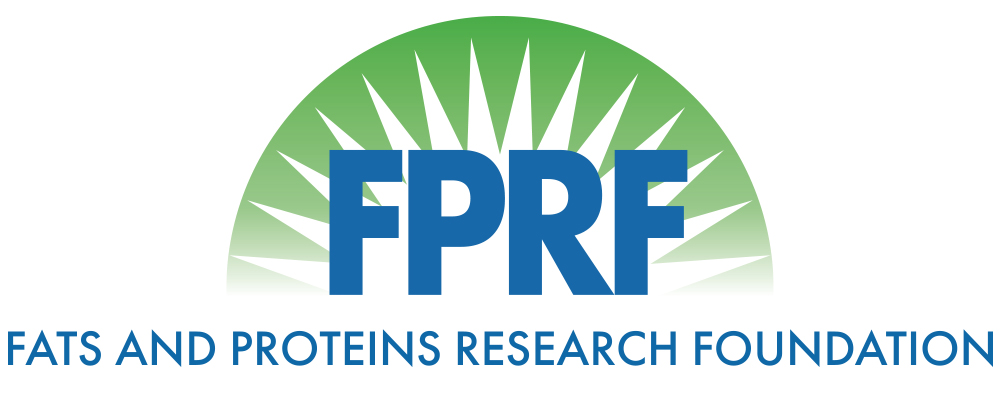The Role of Alfalfa in Alleviating Milk Fat Depression When Tallow is Supplemented to Corn Silage-Based Diets
Title: The Role of Alfalfa in Alleviating Milk Fat Depression When Tallow is Supplemented to Corn Silage-Based Diets
Principle Investigator: Ric Grummer
Year: 2001
Objective: The objective of this study was to evaluate the effects of including alfalfa preserved either as silage, or chopped or long-stem hay on chewing behavior, ruminal pH, trans fatty acid formation in the rumen, and milk fat production of dairy cows fed corn silage-based diets with supplemental tallow. A second objective was to investigate if the milk fat depression observed when tallow is fed with diets with corn silage as the only forage source is related to incomplete BH of polyunsaturated fatty acids.
Lay Summary/Industry Summary: Milk fat percentage and yield of cows were decreased when tallow was fed at 2% of diet DM with diets with corn silage as the only forage source. Milk fat depression was associated with increased trans-Cl8:1 fatty acids flowing out of the rumen and their subsequent incorporation into milk fat. Accumulation of trans-Cl8:l fatty acids in the rumen appears to be related to their formation as end products of ruminal biohydrogenation. We hypothesized that alfalfa hay, particularly long-stem alfalfa hay, but not alfalfa silage would alleviate tallow induced milk fat depression of cows fed corn silage-based diets. However, the results suggest that alfalfa preserved either as silage or hay affects the response to supplemental tallow similarly when corn silage based-diets are fed. Replacing 50% of corn silage with alfalfa in diets containing 2% tallow resulted in increased chewing activity, higher ruminal pH, lower formation of trans-Cl 8:1 fatty acids in the rumen, and increased milk fat percentage and yield. Feeding long-stem hay might be less effective than chopped hay in maintaining milk fat production if selective sorting against long particles occurs in the manger.
Scientific Abstract: A study was conducted to evaluate the effect of including alfalfa preserved either as silage or long-stem or chopped hay on DMI and milk fat production of dairy cows fed corn silage-based diets with supplemental tallow (T). Fifteen Holstein cows that averaged 117 DIM were used in a replicated 5 x 5 Latin square design with 21 d periods. Treatments (DM basis) were: 1) 50% corn silage: 50% concentrate without T (CS); 2) 50% corn silage: 50% concentrate with 2% T (CST); 3) 25% corn silage: 25% short-cut alfalfa hay: 50% concentrate with 2% T (SAHT); 4) 25% corn silage: 25% long-cut alfalfa hay: 50% concentrate with 2% T (LAHT); 5) 25% corn silage: 25% alfalfa silage: 50% concentrate with 2% T (AST). Cows were allowed ad libitum consumption of a TMR fed four times daily. Diets averaged 16.4% CP and 30.3% NDF. Including 2% Tin diets with corn silage as the sole forage source decreased DMI and milk fat % and yield. Replacing part of corn silage with alfalfa in diets with 2% T increased milk fat % and yield. Milk fat of cows fed CST was higher in trans-IO Cl8:l than that of cows fed diets with alfalfa. No effect of alfalfa preservation method or hay particle length was observed on DMI and milk production. Milk fat% and yield were lower, and proportion of trans-IO Cl8:l in milk fat was higher for cows fed LAHT than for cows fed SAHT. Alfalfa preservation method had no effect on milk fat yield. Ruminal pH was higher for cows fed alfalfa in the diets, and higher for cows fed LAHT than SAHT. Feeding alfalfa silage or chopped hay appears to be more beneficial than long hay in sustaining milk fat production when 2% T is fed with diets high in corn silage. These results support the role of trans fatty acids in milk fat depression.
Publications: Effect of supplemental tallow on performance of dairy cows fed diets with different corn silage: alfalfa silage ratios
